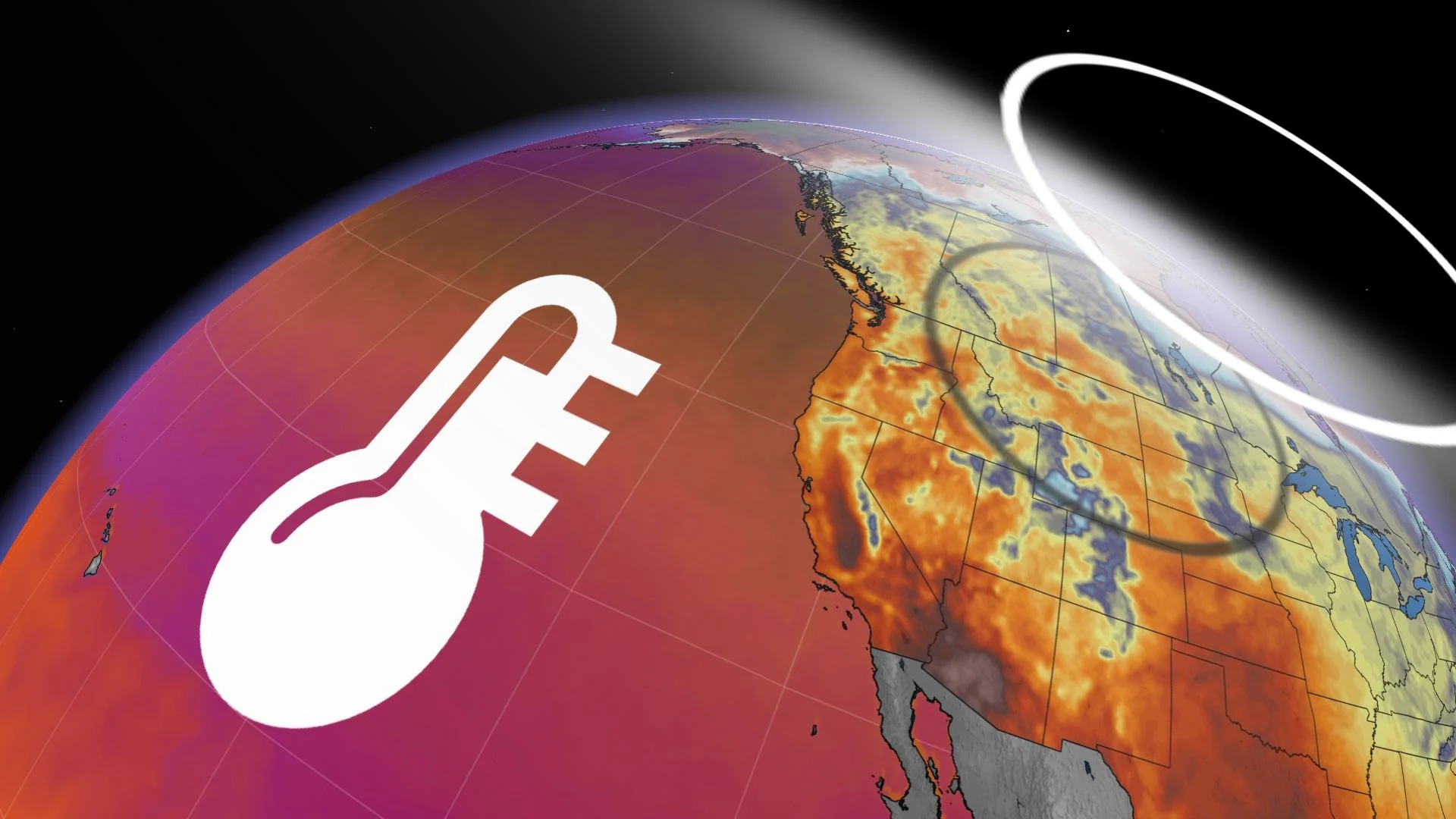
How history was made: Canada just soared passed 21 C in January
Find out what conditions went into the historically warm day in Canada on Jan. 30. We dig deep into the analysis
For Canada to experience a temperature above 21°C in January, a lot of factors have to align to experience such a historic temperature event.
Earth is heating up. We’ve shifted the planet's temperature anomaly distribution over the past half-century, increasing the likelihood of more extreme temperatures.
SEE ALSO: Animals rescued after flooding hits B.C. shelter, support welcome

However, this is not the primary reason we saw such mind-numbing warmth in Saskatchewan, as the localized factors exerted far more influence on the Jan. 30 temperature reading in Maple Creek, Sask.

This season has seen the atmosphere at times behave more like a La Niña, as the El Niño conditions in the equatorial Pacific often didn’t alter the atmosphere like a traditional El Niño.
That hasn’t stopped El Niño from unleashing a strong, subtropical jet stream that’s associated with these potent atmospheric river events along the west coast of North America.
The tropical influence and weather patterns
The warm air mass off the Pacific Ocean that was associated with a moist flow from the Hawaiian Islands was on the upper edge of climatology, with temperatures aloft more than 10 degrees above normal. This pineapple express phenomenon is known to bring some of the mildest winter weather to British Columbia. The pattern releases tremendous amounts of energy as it ascends and crosses the Rockies.

Downstream from this troughing pattern, an anomalous ridge of high pressure developed across the heart of the Prairie provinces.
As the air descends the Rockies, it is compressed and warmed at about a degree per hundred metres of descent.
Sea surface temperatures
All eyes are on the North Pacific, as that’s the source region of this record-breaking air mass. Sure enough, some warm sea surface temperature anomalies can keep the air mass slightly warmer, which also increases the amount of moisture transported in the atmosphere.
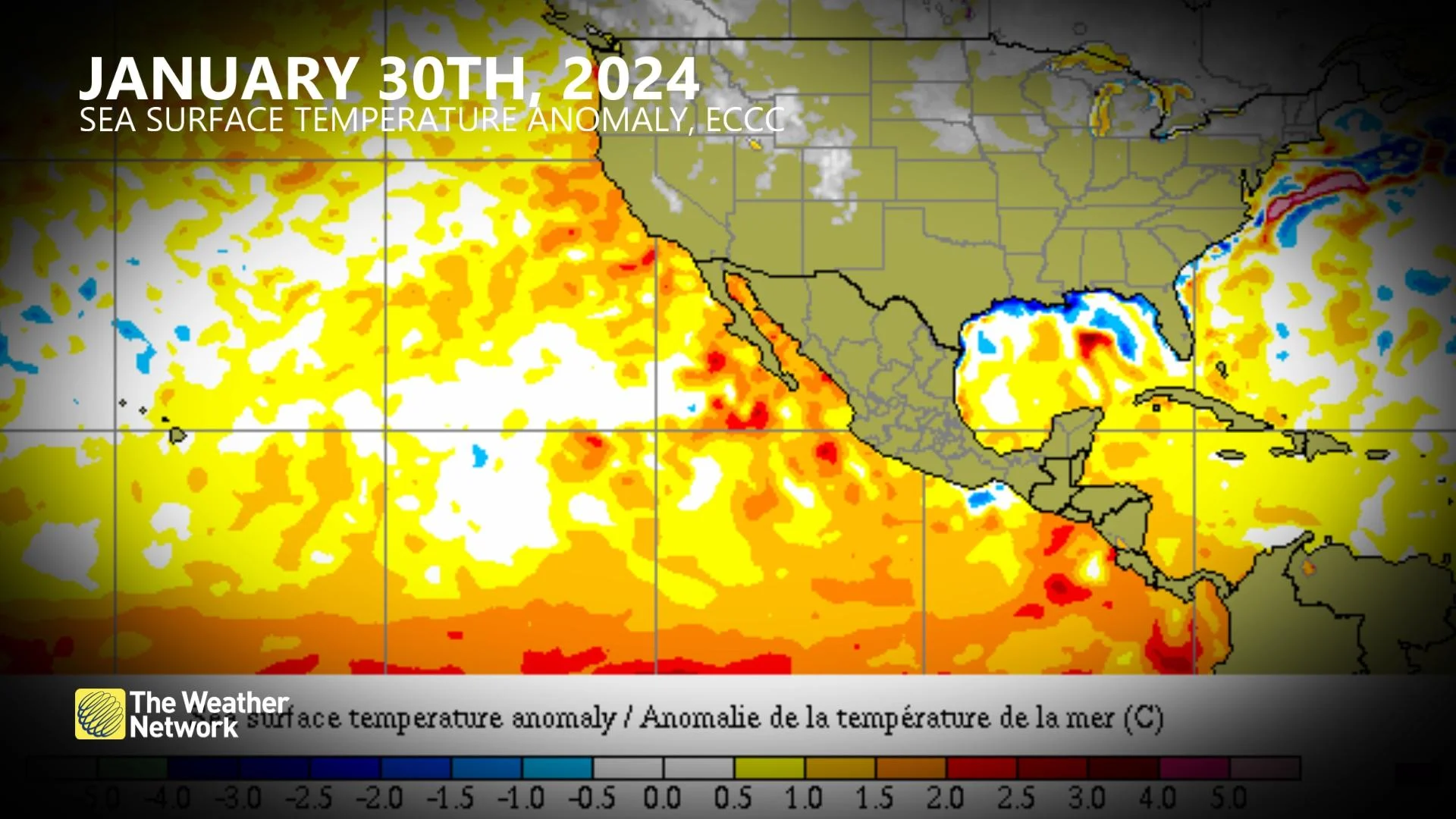
The following localized effects are some of the biggest factors.
Snowless ground
The drought across the Prairies is no secret, and with the exceptional heat, there is minimal snowpack nestled across southern Alberta and Saskatchewan.
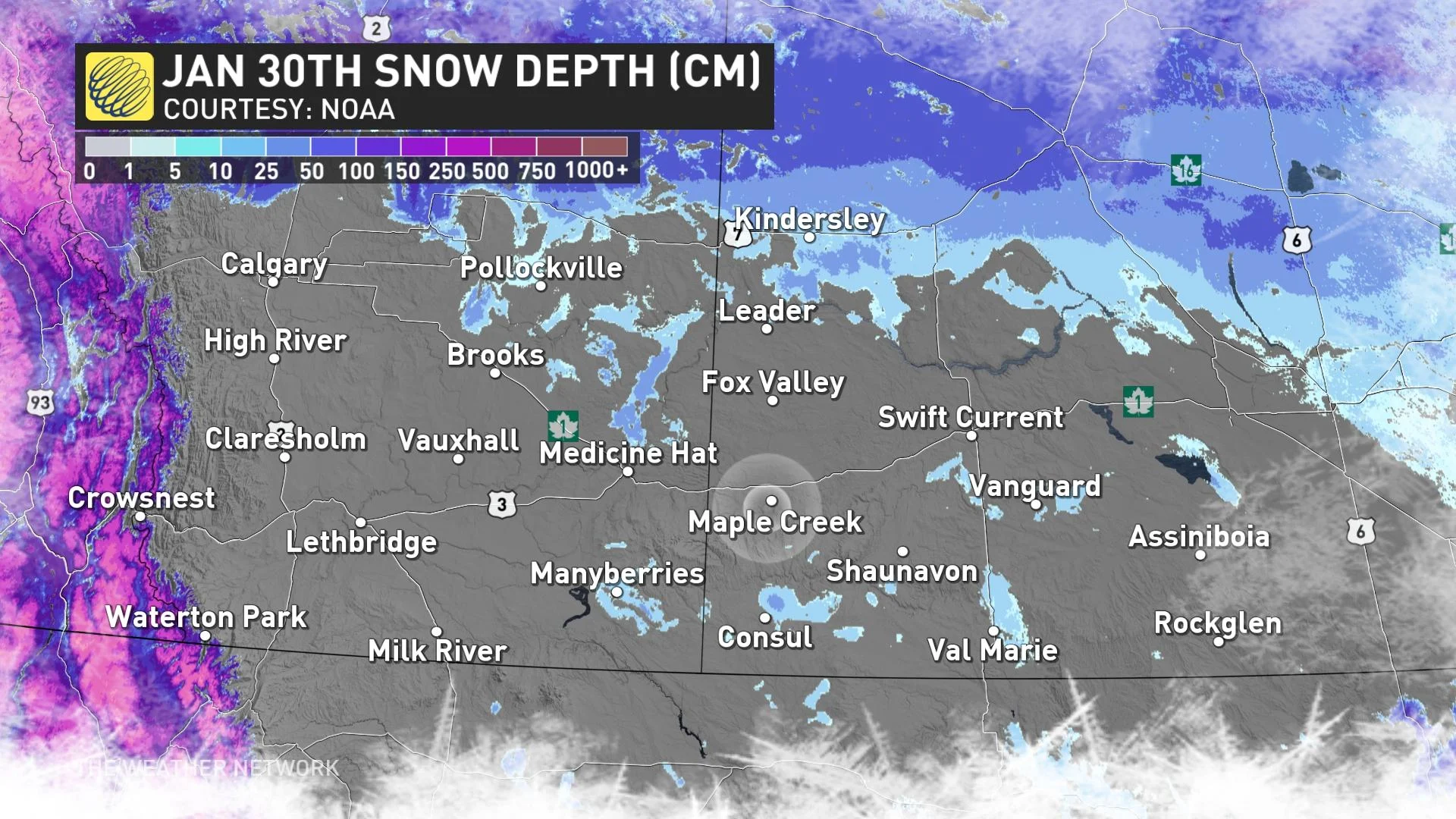
This is an example of a feedback-effect. With less solar energy being reflected away from the surface with the lack of white snow, the ground absorbs more solar energy, and thus, increasing surface temperatures. It allows the atmosphere at the surface the ability to mix and warm the lowest levels.
Localized wind: The downsloping effect

This was the final, yet critical, ingredient to get us to Canada’s second-warmest January temperatures in recorded history –– after the 22.2°C in Niagara Falls in 1950. On the afternoon of Jan. 30, a gusty, southwesterly wind of 35 kilometres an hour kicked up in Maple Creek.
What’s downwind of Maple Creek? The Cypress Hills, of course.
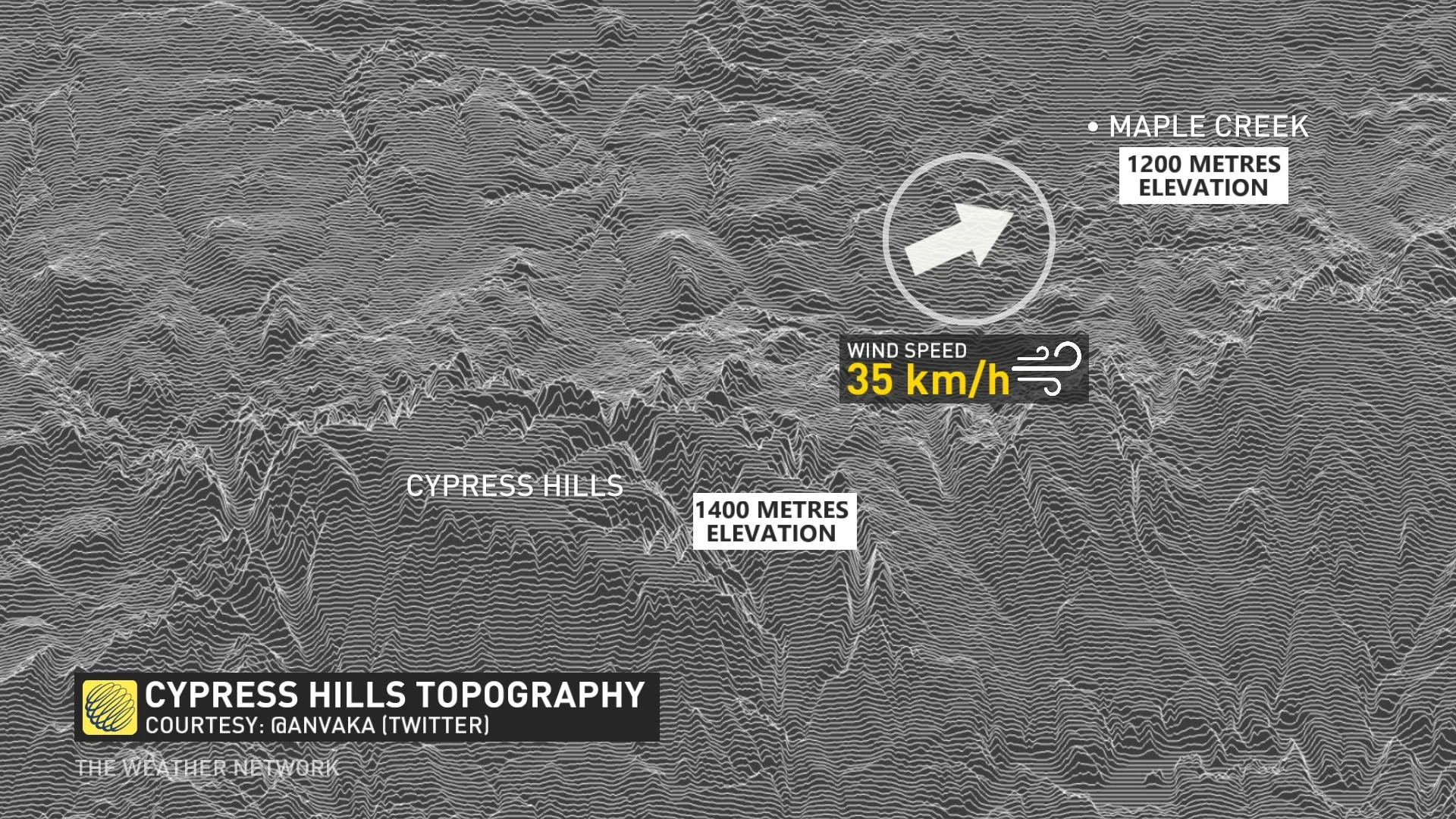
It also wasn’t exclusively a Saskatchewan warmth story. Alberta, Saskatchewan and Northern Canada experienced record-breaking temperatures as the moisture-laden active Pacific jet stream arched across the area.
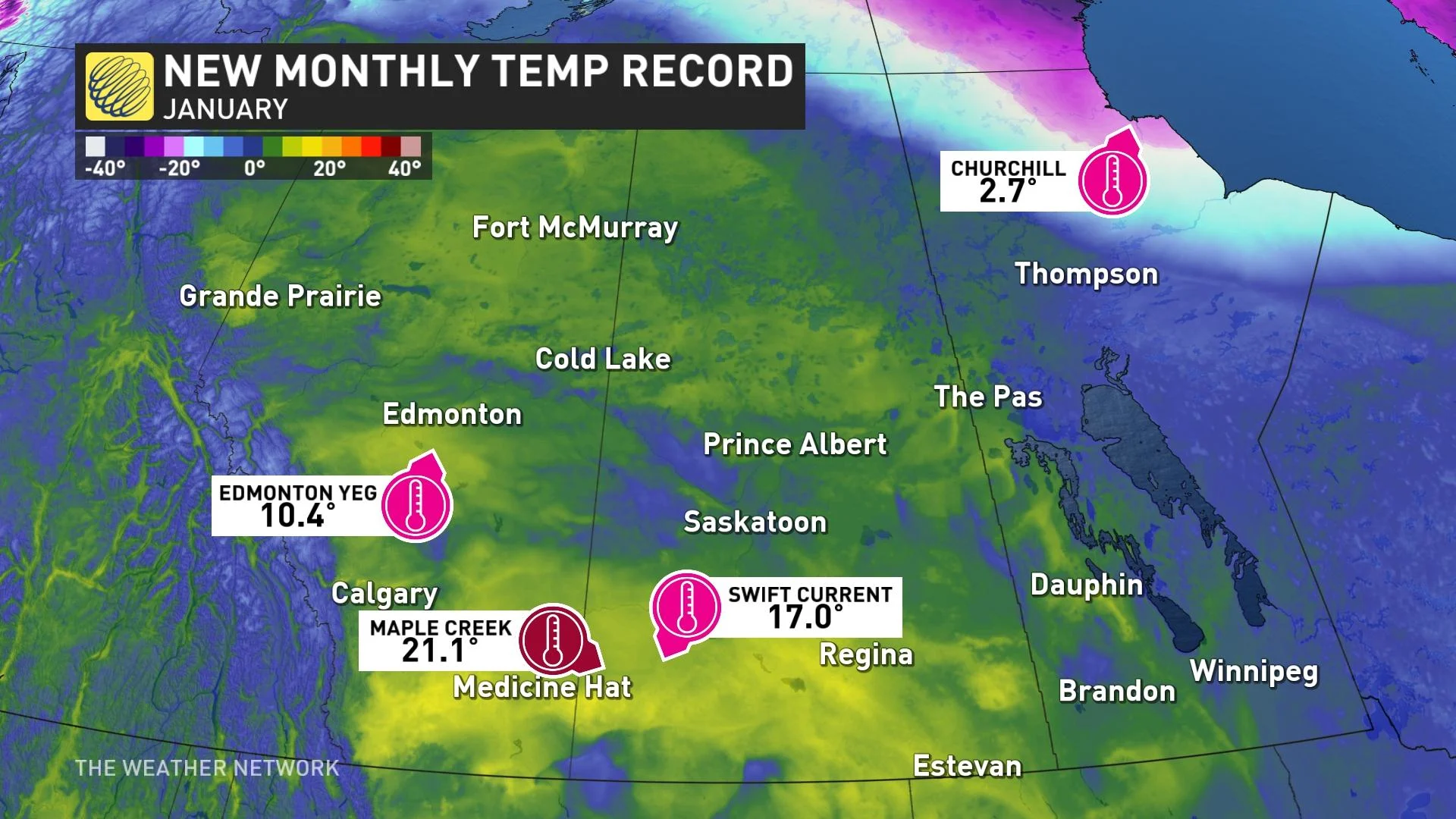
The warmth is forecast to continue to shift across the country, and a large section of Central and Eastern Canada is forecast to be mild in the coming couple of weeks ahead.











